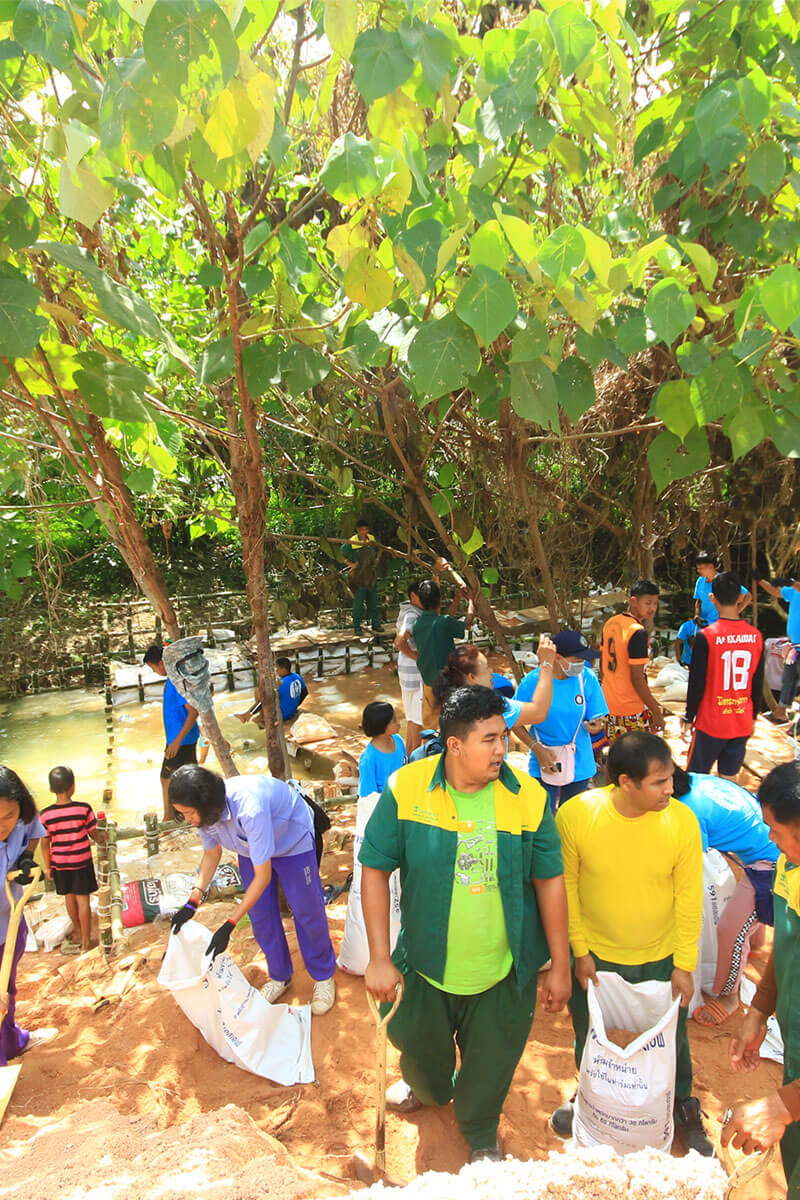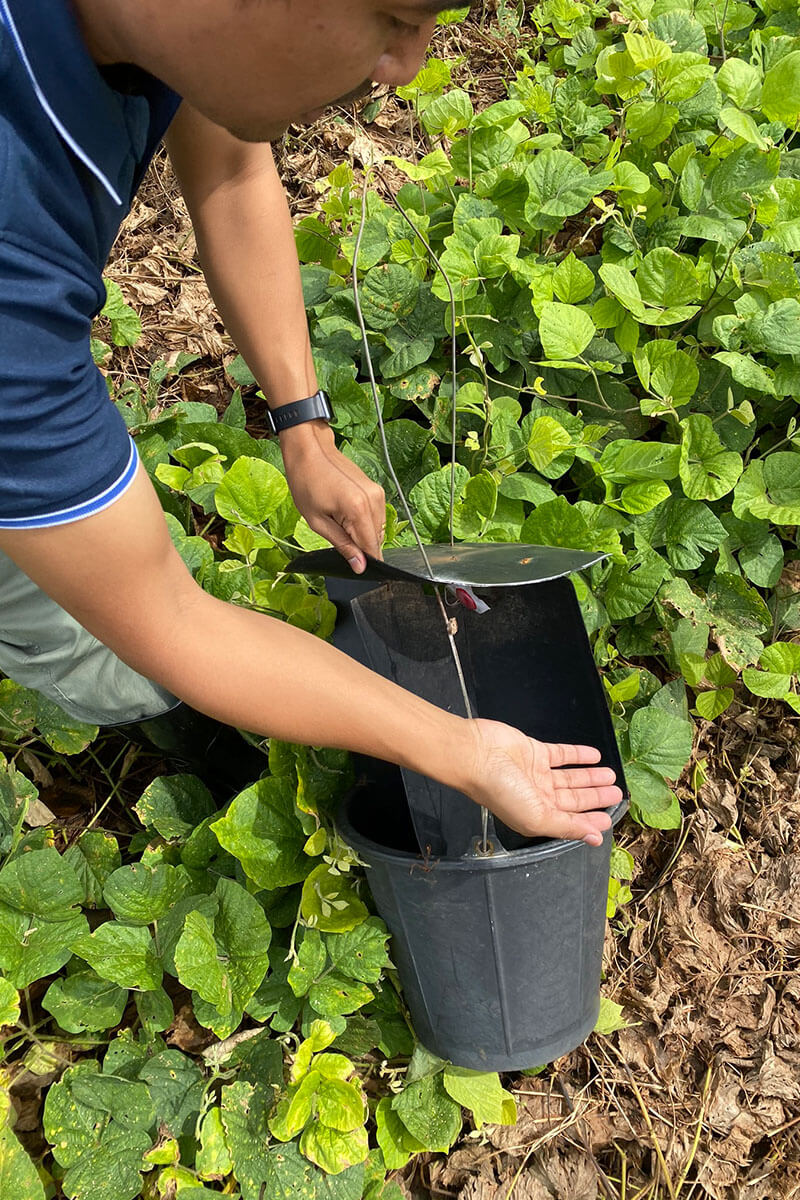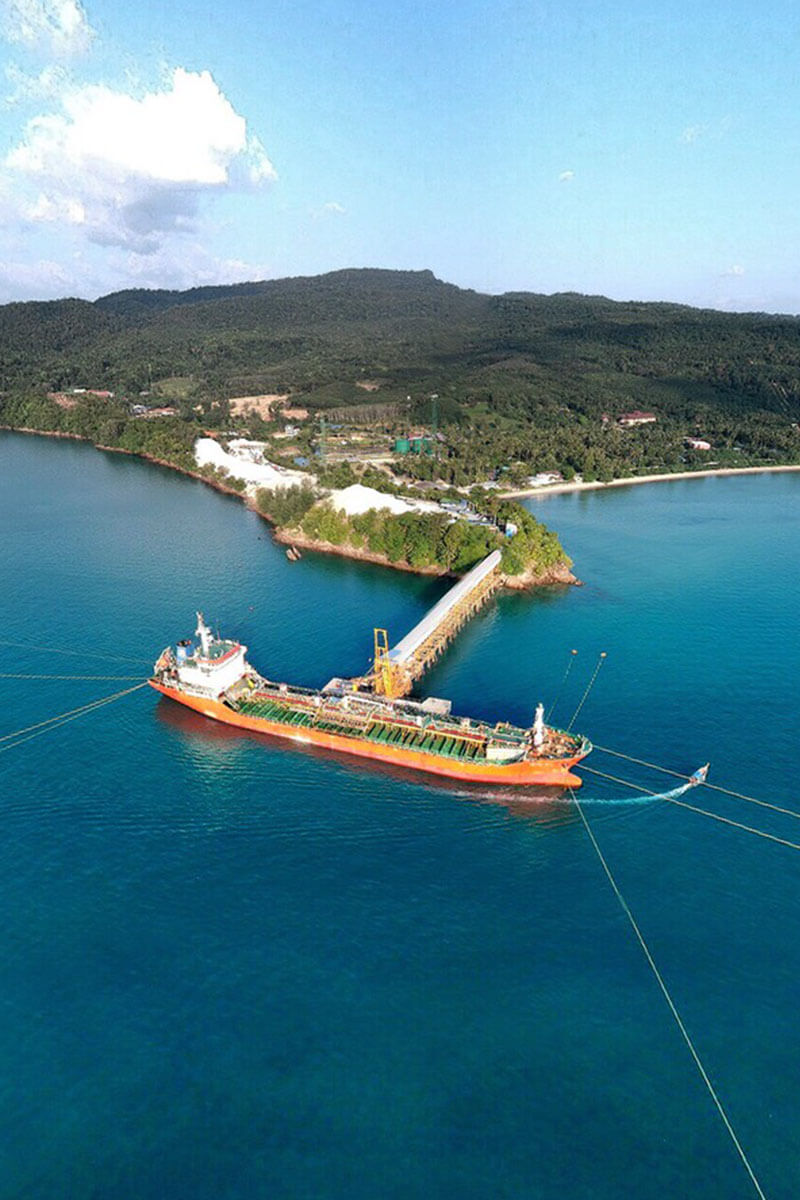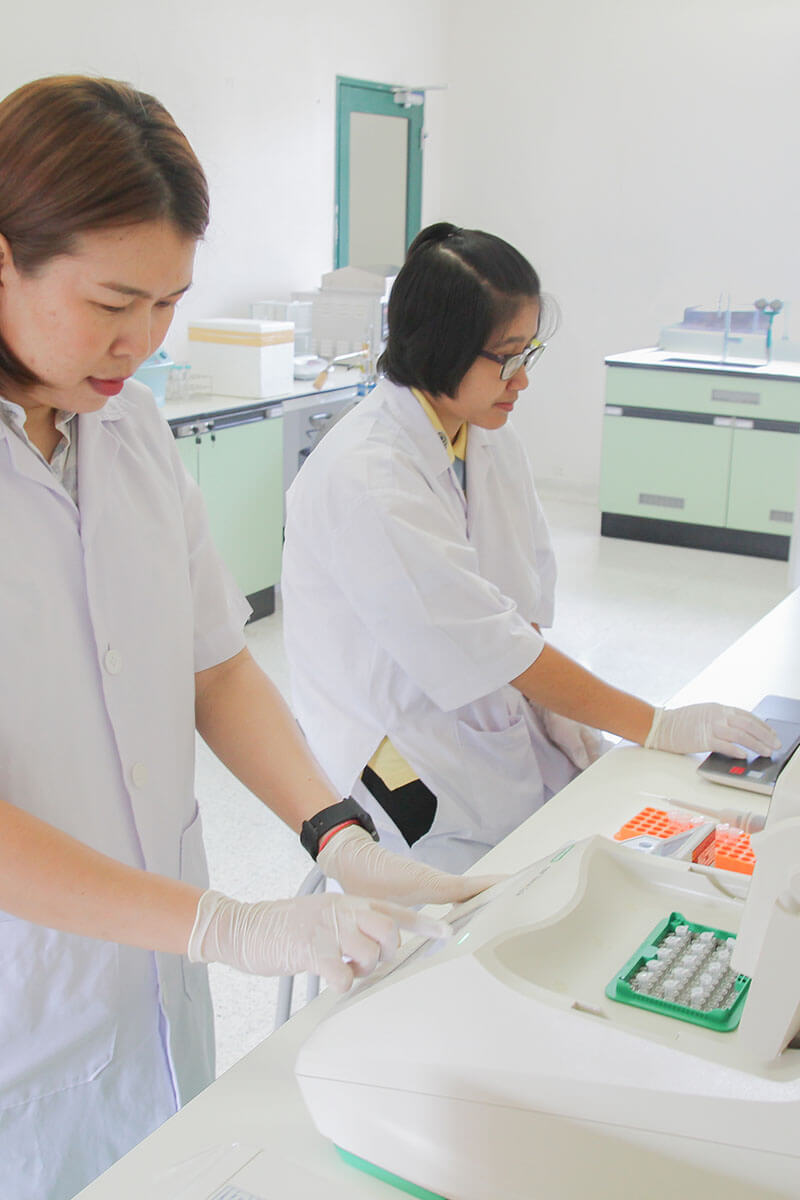There is no clearing of forests to plant oil palm in Thailand. The majority of oil palm is grown by small farmers owning less than 8 ha (50 rai) which comprises for more than 90% of the planted area. Any expansion in planted areas is through agricultural land use conversion from other crops, such as rubber to oil palm.
Our plantation estates make full use of the factory by products, such as the use of empty fruit bunches and palm oil mill effluent sludge (POME sludge) as an organic fertiliser to substitute the use of inorganic fertiliser. This ensures that we maintain high organic matter which is an integral part of a healthy soil structure.
Empty fruit bunches are composted to provide an organic growing medium for our nursery seedlings to ensure our seedlings are given the best opportunity for early and uniformed growth in our nurseries.
Our estates use effective forms of biological control to protect from rat damage by the use of barn owls in place of using toxic chemical baiting.
Pheromone traps are used to control the levels of rhinoceros beetle in our young palm areas that are prone to beetle attack.

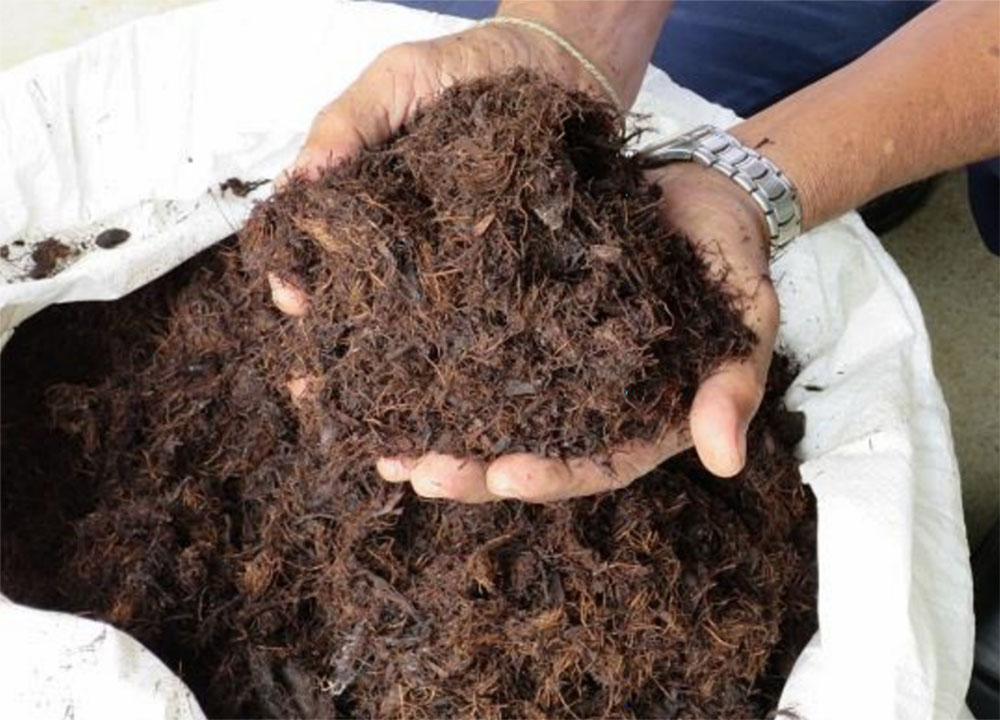

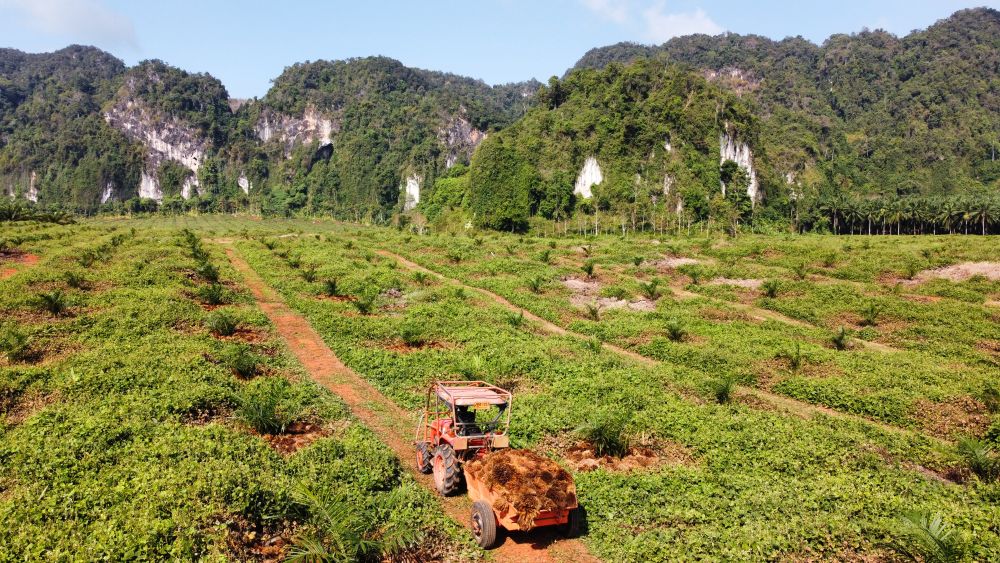
Cover crop planting is carried out in all replant areas to suppress weeds and fix nitrogen in the soil. The cover crop also plays a very active role in preventing soil erosion.
Estates use target herbicide spraying around the palm base only and actively encourage vegetation growth on harvesting paths to prevent soil erosion. The vegetation is effectively kept under control through the use of a rotaslasher.
Our factories are equipped with waste water treatment systems. Waste water or Palm oil mill effluent (POME) comprises of water that is used in the milling process combined with organic matter from the palm fruit. Following the milling process this waste water has a high biological oxygen demand (BOD). It is important that this wastewater is treated through anaerobic and aerobic digestion to lower the BOD before the water can be recycled. In order to do this effectively, all factories have a methane digester which enables us to anaerobically breakdown the water and capture the methane gas. This methane gas can then be used in gas engines to produce sustainable electricity for our own operations and also to supply the local power grid. The methane capture significantly reduces Greenhouse gas emissions.
 Video & Slides
Video & Slides 


